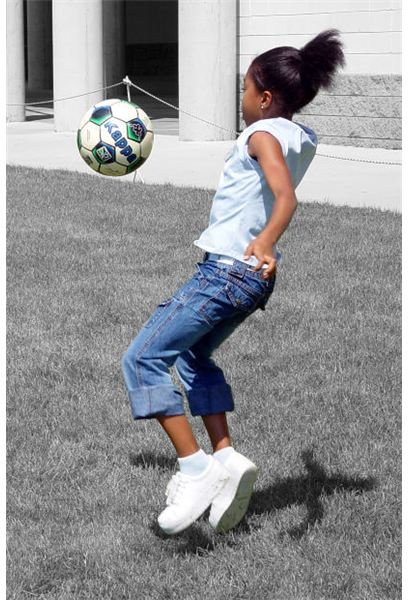How Much Exercise Do We Need? Find Recommended Guidelines for Children & Adults
Health experts agree that most people need to exercise for better health, stronger immune systems, and prevention of bone and muscle loss. However, just as everyone is unique, so is the need for exercise. For instance, children need different types and durations of exercise than athletes who are training for sports competitions. The key to determining how much exercise we need is tailoring the amount of physical activity to the person’s overall health, age, and lifestyle.
For Children
According to the Centers for Disease Control and Prevention (CDC), “Children and adolescents should do 60 minutes (one hour) or more of physical activity each day.“1 These guidelines target the age group 6 to 17 years.
To yield the highest health benefits, the bulk of this exercise should be centered around aerobic activities like in-line skating, running, or cycling. However, kids should also participate in resistance strengthening activities, like swimming, to develop muscle strength, as well as weight-bearing activities, like jumping rope, to build bone and muscle mass.
Image credit/Morguefile.com/Used under the Morguefile Free license/click
For Adults
The CDC exercise guidelines for adults 18 and older call for a minimum of “150 minutes of moderate-intensity aerobic activity weekly.” In addition, adults should participate in resistance (strength) training activities at least twice a week. The activity should be intense enough to raise your heart rate; you might be able to talk, but not sing.
Use the suggested exercises above to turn exercise into a fun, family event, or strike out on your own. For instance, using an elliptical trainer gives you the same benefit as walking, rowing, or skiing, with far less effort and time investment. Aerobic dancing, rock climbing, or cross-country skiing are guaranteed ways to boost your heart rate and give you a fantastic work-out. To prevent boredom and keep your motivation high, investigate the many different types of exercise, and choose the ones you like best.
Fortunately, you don’t have to carve out a 150-minute segment out of your busy schedule. According to the CDC, as long as you participate in a “moderate-intensity activity"2 for at least 10 minutes, you reap the health benefits of the exercise. So take it easy, and break your work-outs into 10-minute mini-sessions. Aim for at least 15 mini-workouts during the week, and you can meet the 150-minute goal easily.
Special Considerations
Pregnant and postpartum women in good health should exercise weekly. According to the CDC guidelines, this population needs a minimum of two hours and thirty minutes of exercise, and it should be spread out into small intervals of at least 10 minutes per session. However, each pregnancy and individual is unique, so these women should discuss their exercise needs with their healthcare provider, and follow his or her specific recommendations.
How Much Is Too Much?
Knowing when to stop exercising is just as important as understanding how much exercise you need. Individuals need to balance healthy versus unhealthy workout patterns to avoid injuries or long-term negative effects. Furthermore, an obsession with working out can lead to addiction.
Too much exercise can make you lose your appetite or become sick more often. Your muscles and joints may ache, or you could suffer from headaches. While mild, regular exercise can help one relax and reduce stress levels, excessive exercise can actually interfere with your sleep patterns or cause insomnia.
Important Reminders
Always consult your healthcare professional before starting, changing, or stopping an exercise program. Follow his or her instructions regarding what type and how much exercise to do.
References
Centers for Disease Control and Prevention, “How Much Physical Activity Do You Need?”
National Center for Chronic Disease Prevention and Health Promotion, “Physical Activity Guidelines for Americans: Children and Adolescents”
U.S. Department of Health and Human Services, “Physical Activity Guidelines for Americans”
